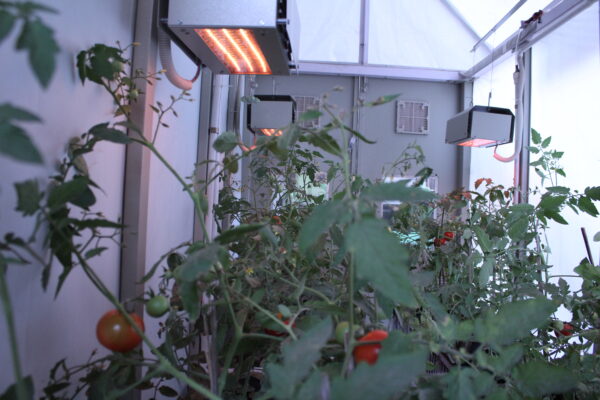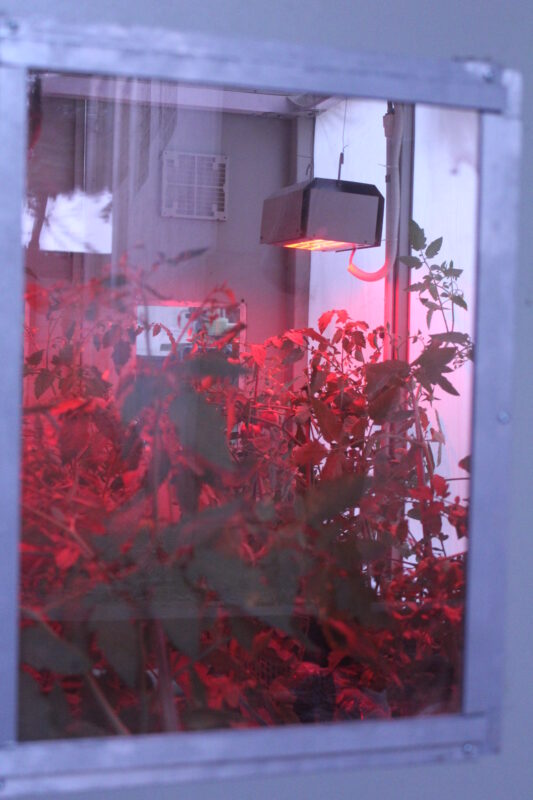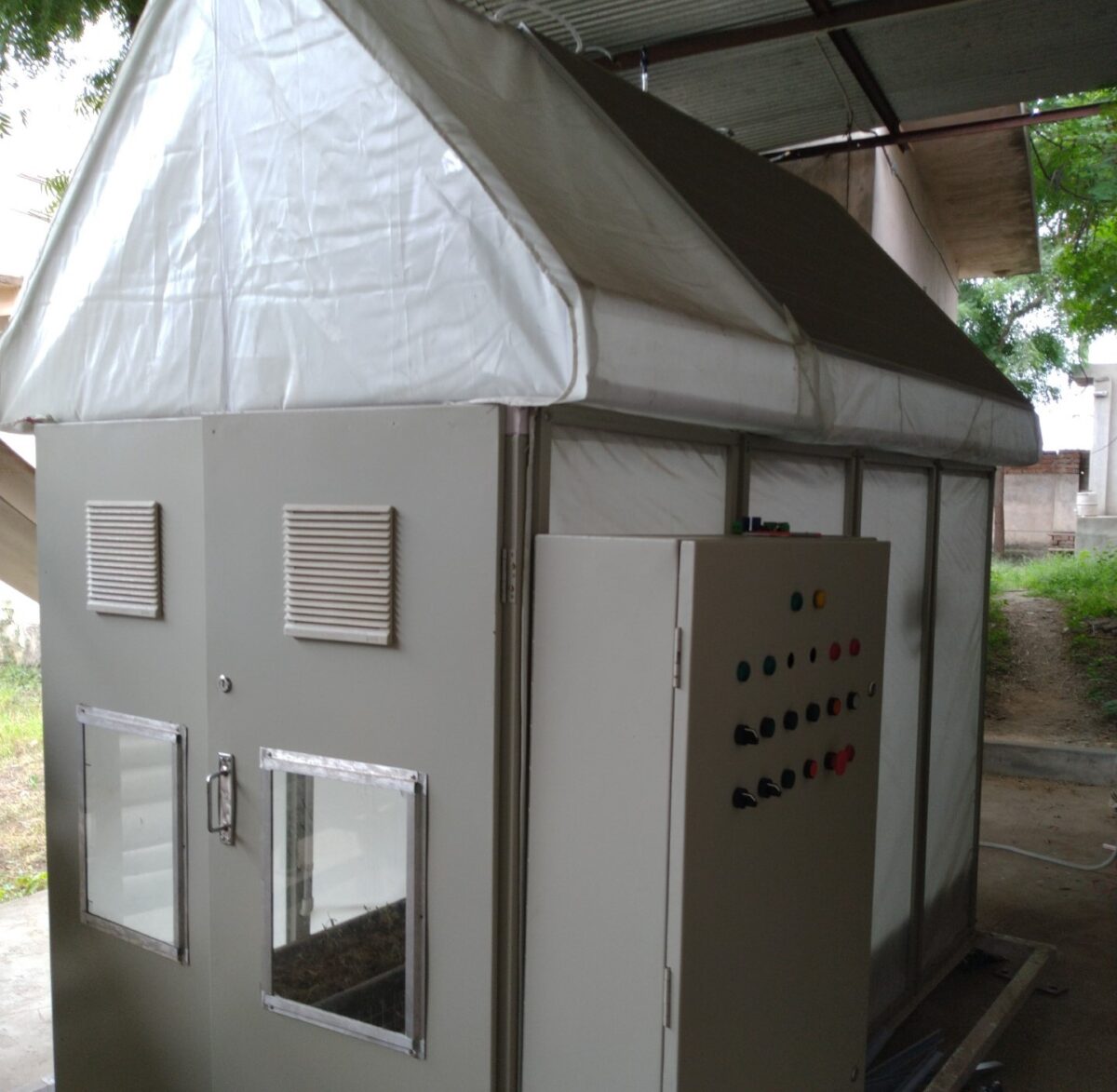Scientists at the Netaji Subhas University of Technology in India have developed a photovoltaic-driven protected environment-controlled farming technology (PECFT) for farms located in remote areas with no connection to the power grid.
“Our solution could be used in all geographical locations, although it is specifically designed for low-income people,” the research's lead author, Anuradha Tomar, told pv magazine. “It may help bridge the gap in low-budget farming applications as one unified package for simultaneous triple use of land for enhanced food, PV energy yield, and managing agro-sector with limited water access.”
In the paper “Sustainable photovoltaic based protective environment controlled farming technology as economy boosters for agro-sectors,” published in Smart Agricultural Technology, the researchers said that the key feature of the proposed system is microclimate control, which is achieved by considering multiple environmental parameters such as temperature, humidity, photosynthesis, CO2, moisture level, ventilation, irrigation, and fertigation.
The system prototype measures 2,400 mm × 1,700 mm × 2,365 mm, can accommodate 24–28 plants, and has a total volume of 5.57 m3.
It consists of a housing that the researchers dubbed add-on module hardware (AOMH), a solar panel, a battery, step-down DC-DC converters, system power devices, automation, and sensor elements. For climate control, it also comprises a water pump, a ventilation fan for CO2 assimilation, sprinkler foggers, and drop irrigation solenoids. The PV panel has a glass sheet as a refractor and reflector. It provides power for low heat-trapping, temperature control, and energy generation.

“In view of ensuring enough photosynthesis within shortwave color range radiation (wavelength 400–700 nm), PV energy generation (700 nm-1 mm), net thermal energy (sum of radiated, refracted, convicted, and conductive) towards inside PV_PECF, and outgoing longwave radiated; energy from soil/plants should always be adjusted dynamically as per crop requirements,” the scientists explained.
Popular content
The adjustment is implemented via an energy equilibrium state monitoring index (E2SMI) based model, which reportedly starts appropriate load action at the optimum triggering point. “It is attempted for the adequate counteracting impact of external non-linear weather variations,” they emphasized. “It supports sufficient energy savings in the process of internal climate control and so increases the return of investment (ROI).”
The Indian group validated this system configuration for one complete crop cycle of tomato crops and compared these results with those of a reference cycle of open-field farming. “The leaf area index (LAI) is observed as 1.44 to 1.58 times higher than that in an open field and the ROI is increased by 9.24%,” it further explained. “The MPPT integrated AOMH could provide an average combined additional energy gain of 10.32% compared to one without an AOMH module.”
The researchers concluded by saying that ROI may be further improved in proportionately bigger systems. “The reference parameters/values considered for the presented work are initial values to start with and thus need fine-tuning based on crop yield and experience in nearer future,” they pointed out.

This content is protected by copyright and may not be reused. If you want to cooperate with us and would like to reuse some of our content, please contact: editors@pv-magazine.com.



1 comment
By submitting this form you agree to pv magazine using your data for the purposes of publishing your comment.
Your personal data will only be disclosed or otherwise transmitted to third parties for the purposes of spam filtering or if this is necessary for technical maintenance of the website. Any other transfer to third parties will not take place unless this is justified on the basis of applicable data protection regulations or if pv magazine is legally obliged to do so.
You may revoke this consent at any time with effect for the future, in which case your personal data will be deleted immediately. Otherwise, your data will be deleted if pv magazine has processed your request or the purpose of data storage is fulfilled.
Further information on data privacy can be found in our Data Protection Policy.